Our Sun plays such an important role in our very existence that the study of this single celestial object is a separate branch of astronomy unto itself. In ancient times the positions on the horizon where the Sun rose and set each day of the year were carefully plotted and recorded, as were the patterns of Solar eclipses. It is thought that some of the world’s ancient monuments, like Stonehenge and Maya temples, were used as primitive Solar observatories.
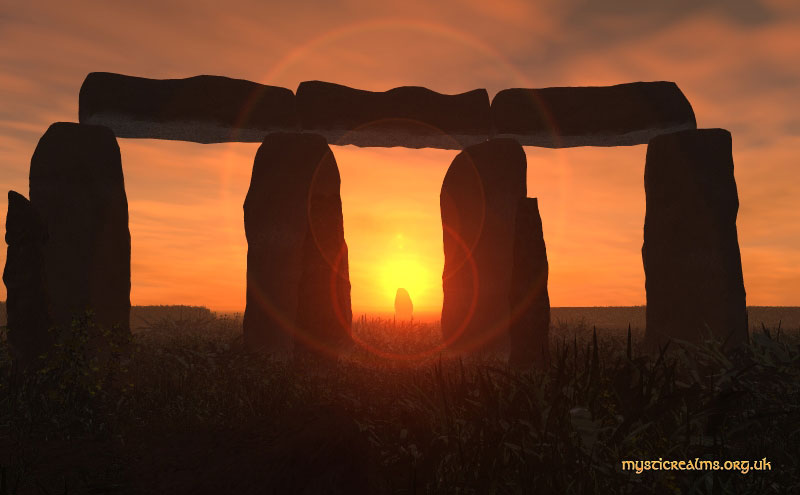
The Sun was one of the first objects that Galileo turned his early telescope towards, discovering sunspots in the process. Ever since then scientists have kept an almost daily record of those dark spots on the Sun’s face. Every time a new kind of scientific instrument was invented it usually wasn’t long before that instrument would be turned on the Sun. In fact the element helium was discovered when the newly invented spectrograph was used to study the light from the Sun.


Now Solar astronomers have three powerful new instruments with which to probe the star at the center of our Solar System. One of these is NASA’s Parker Solar probe which I’ve written about several times now, see posts of 7June2017, 6January2018, 5September2018, 3November 2018 and 18December2019. So here I will only give a brief update to the spacecraft’s mission.
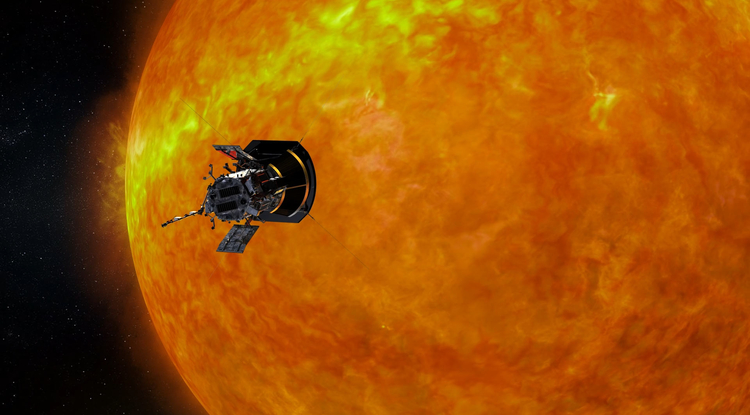
After a flyby of the planet Venus back in December 2019, Parker used the tug of Venus’ gravity to put it on an orbit that sent it even closer to the Sun. The closest approach by Parker, breaking its own previous record from just last year, occurred on January 29th 2020 at a distance of only 18.6 million kilometers. That distance is only about 12% of Earth’s distance from the Sun which means that the sunlight hitting Parker was more than 60 times as strong it ever gets here on our planet.
And in order to get so close to the Sun and its gravity Parker has to be moving very fast, faster than any object ever built by mankind, again breaking its own record. The probe’s speed on the 29th hit a maximum of 393,044 km/h, fast enough to go from the Earth to the Moon in only one hour!
The scientists are still processing the data obtained by Parker on this close flyby so we will have to wait to hear if any new discoveries were made. Over the next four years Parker is scheduled to get even closer to the Sun, eventually getting as close as 6.9 million kilometers.
The Daniel K. Inouye Solar Telescope (DKIST) on the other hand isn’t going to be making any close approaches to the Sun; it’s permanently installed on the top of the Haleakalā volcano in Hawaii. However the new Solar telescope, with a main mirror of about four meters in diameter, is now giving astronomers the highest resolution, highest definition images of the Sun’s surface ever. See images below.
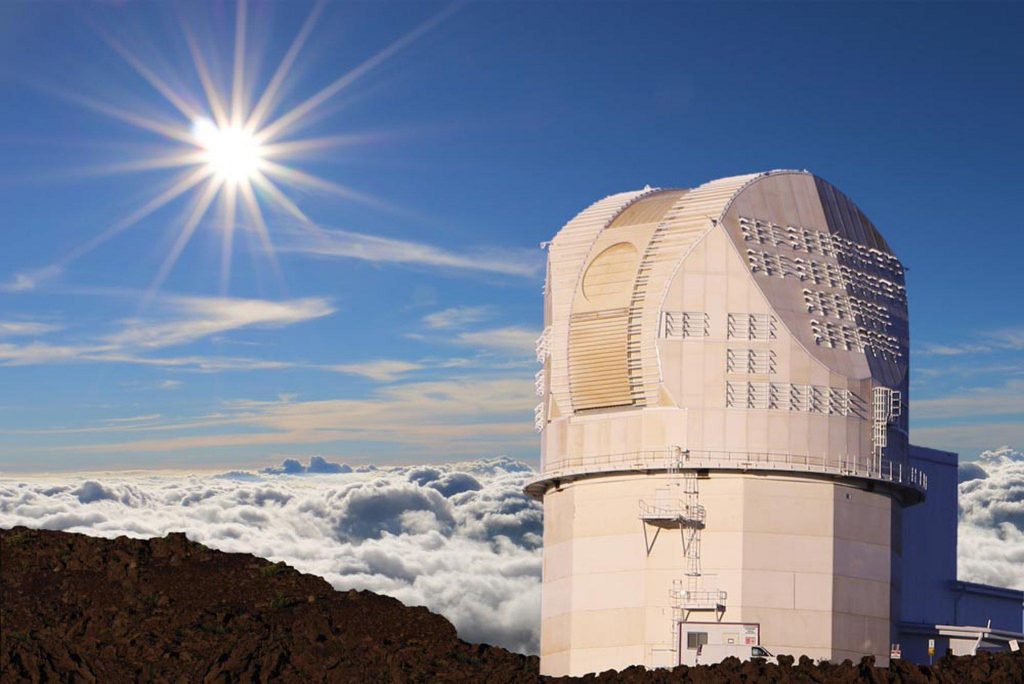

The kernel shaped objects that you see in the image are fountains or geysers of hot gas upwelling from deep beneath the surface of the Sun. Each of those geysers by the way, is about the size of the state of Texas! These initial images are already telling astronomers a great deal about how the Sun’s energy gets from it’s core where fusion occurs to the photosphere, the part of the Sun that we see.
In the next few months additional instruments are to be incorporated into DKIST that it is hoped will enable it to study the magnetic fields around sunspots, revealing some of the secrets of those mysterious objects. In any case the DKIST telescope has many more years of useful work ahead of it so at the moment we can only guess at what discoveries it will make.
And there is one more Solar instrument that will soon be adding to what we know about our home star. The European Space Agency’s Solar Orbiter has just been launched last night, the 9th of February and is beginning a 7 year mission to study the Sun. The planned orbit for the spacecraft will not take it as close to the Sun as the Parker probe however, closest approach distance for Solar Orbiter will be about 45 million kilometers. However it is planned for the probe to be placed into an orbit that will carry it 35º above the plane of the ecliptic, giving scientists their first clear, close up look at the Sun’s poles. This is important because many of our theories about the Sun’s 11 year sunspot cycle make predictions about conditions near the Sun’s poles that so far we’ve been unable to check because from our viewpoint the poles are at a very slanted angle, making it difficult to observe any of their details.
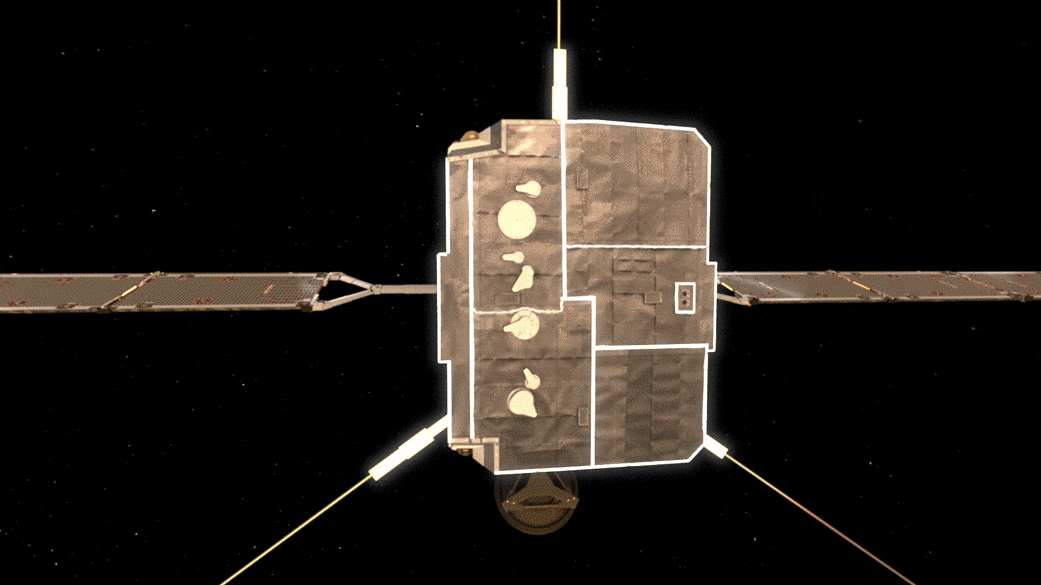
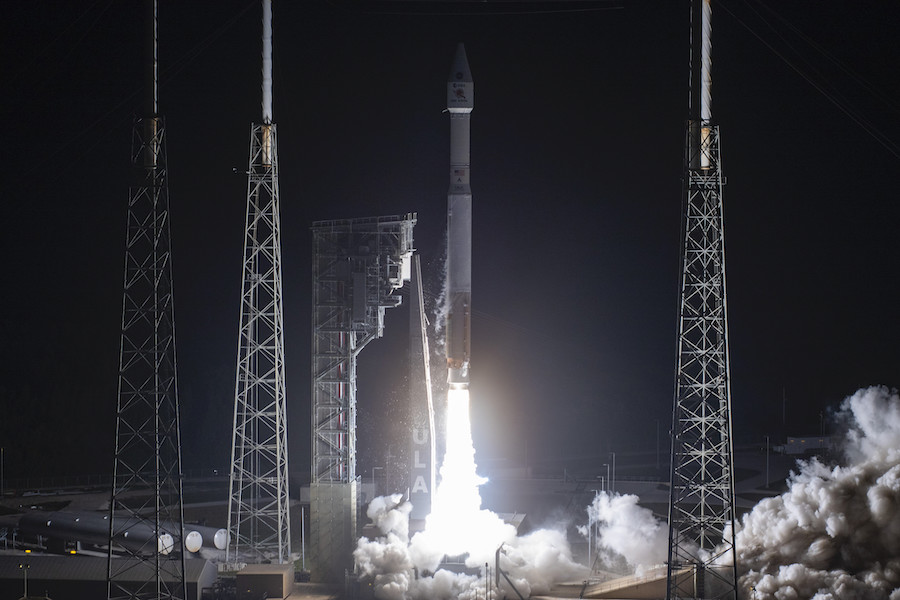
Together these three instruments may inaugurate a new era in the study of our Sun. Over the next decade the wonders that could be discovered…well I guess we’ll just have to wait and see won’t we.
